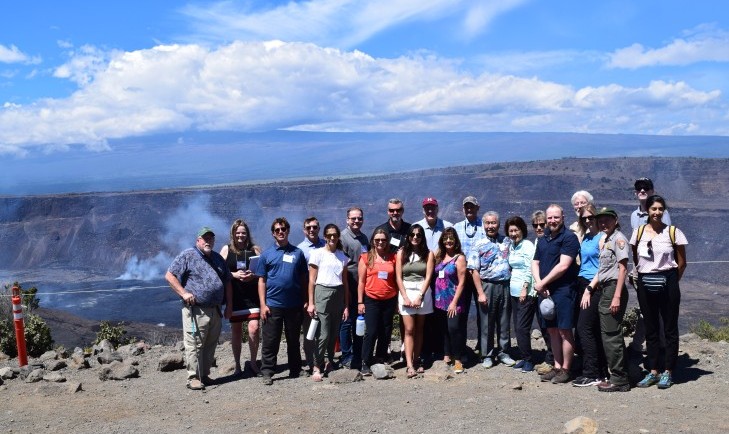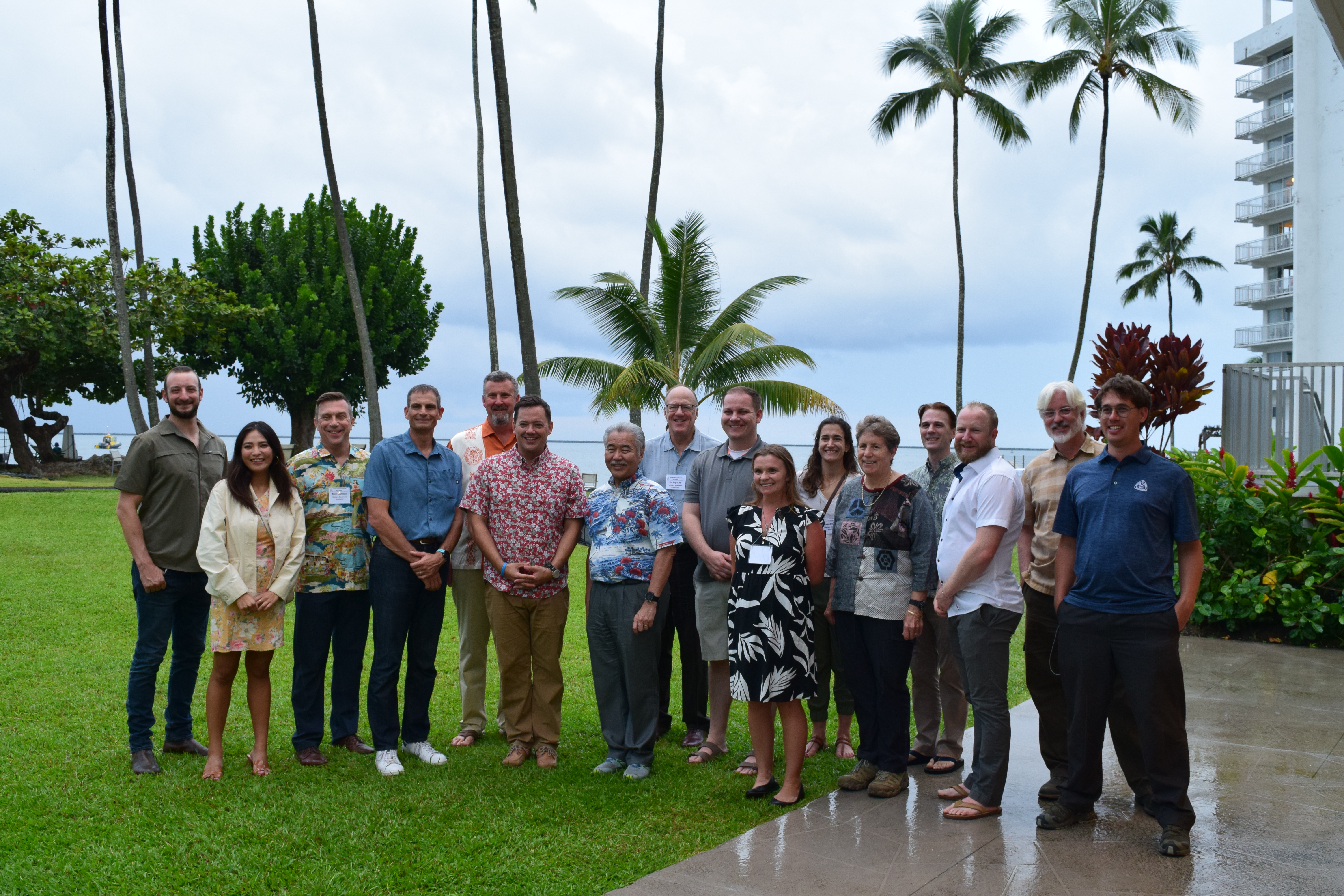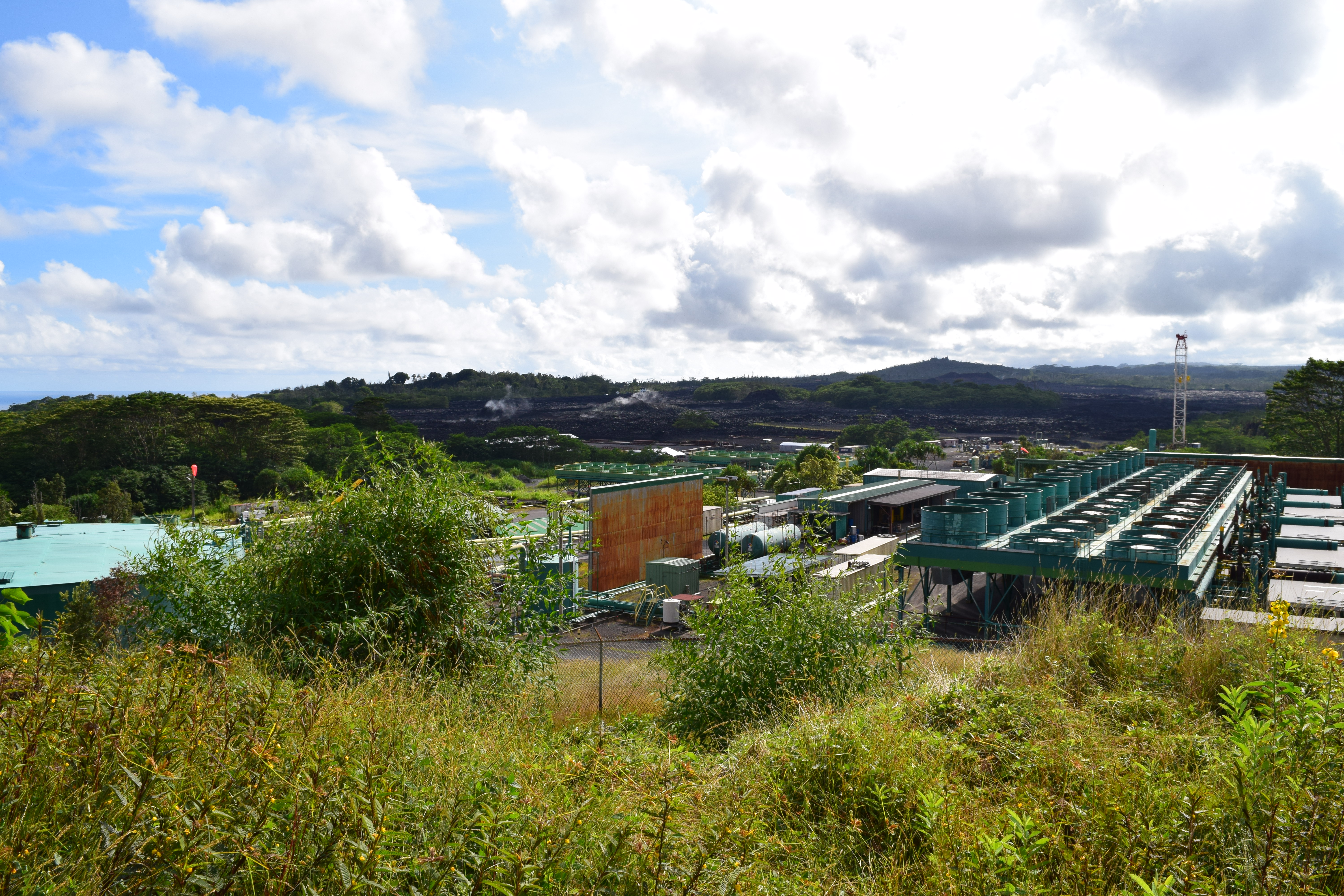10/11/22
WATCH: New WGA webinar explores geothermal electricity generation

As part of Colorado Gov. Jared Polis’ WGA Chair Initiative, The Heat Beneath Our Feet, the Western Governors’ Association will be conducting tours of geothermal facilities throughout the region to explore the various market and policy factors that affect the development and deployment of geothermal technologies, and evaluate strategies to scale those technologies across the West.

Following the tour, WGA hosted a webinar featuring Scott Glenn, the Chief Energy Officer for the Hawaii State Energy Office, and Nicole Lautze, a principal investigator with the Hawaii Groundwater and Geothermal Resources Center at the University of Hawaii.
Together, they discussed the potential to expand geothermal electric generation and utility-scale deployment throughout the West, as well as grid integration, cross-industry partnerships, land access, and extractive applications.
“We are seeing a record number of geothermal contracts signed in the Western States due to geothermal's high-capacity factor and zero-emissions,” said Paul Thomsen, Vice President of Ormat Technologies. "Not only do geothermal facilities have an environmental footprint 22 times smaller than solar, but in recent CPUC modeling work with the RESOLVE tool we learned that one MW of geothermal displaces 3-4 MW of solar with integrated storage making the value of geothermal in today's market extraordinary."
Using geothermal power from the world’s most active volcanoes in Hawaii Volcanoes National Park, The Puna Geothermal Venture, owned by Ormat Technologies, produces 38 megawatts of electricity for the big Island of Hawaii each year (roughly 10% of the community’s use) with zero-carbon emissions. Ormat plans to expand the geothermal energy conversion plant’s capacity by another 8 megawatts.

“Having an updated assessment would allow us to have a more refined approach in how we talk about our energy choices,” Scott Glenn, Chief Energy Officer for the state of Hawaii, said. “We can add the assessment into data visualizations and help people better understand how we allocate and balance land among competing uses. It allows us to have more of a trade-off in a space where land use is at a premium.” The Heat Beneath Our Feet Initiative will also include tours of, and webinars regarding:
- The Geo-Exchange Heating and Cooling System at Colorado Mesa University
- The Boise Warm Spring Geothermal Water District in Idaho
- The Frontier Observatory for Research in Geothermal Energy in Utah
- The National Renewable Energy Laboratory in Colorado
Sign up for WGA's weekly newsletter, The Round Up, or follow us on Twitter, Facebook, or LinkedIn for more information on the webinar series, including future dates and speakers.